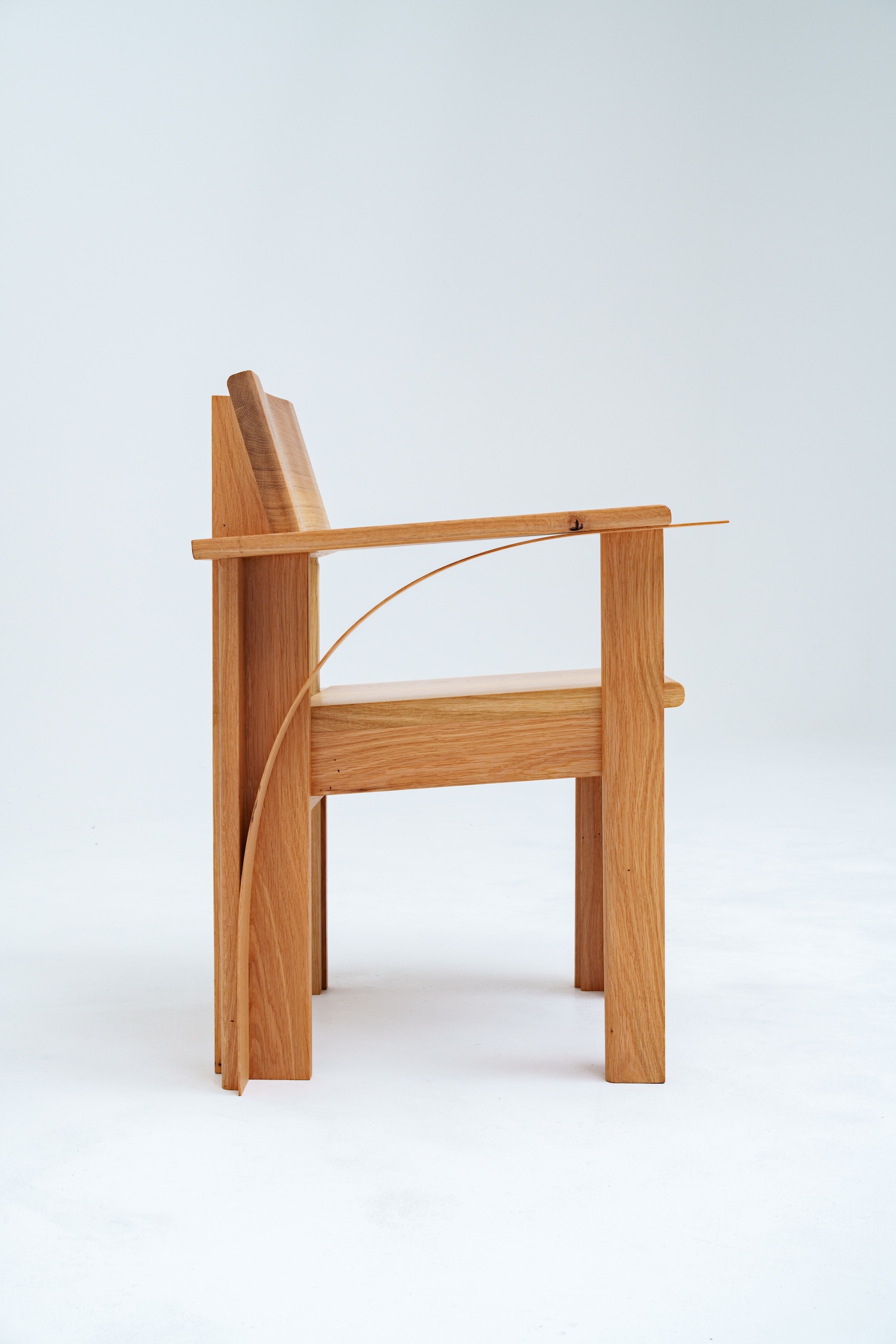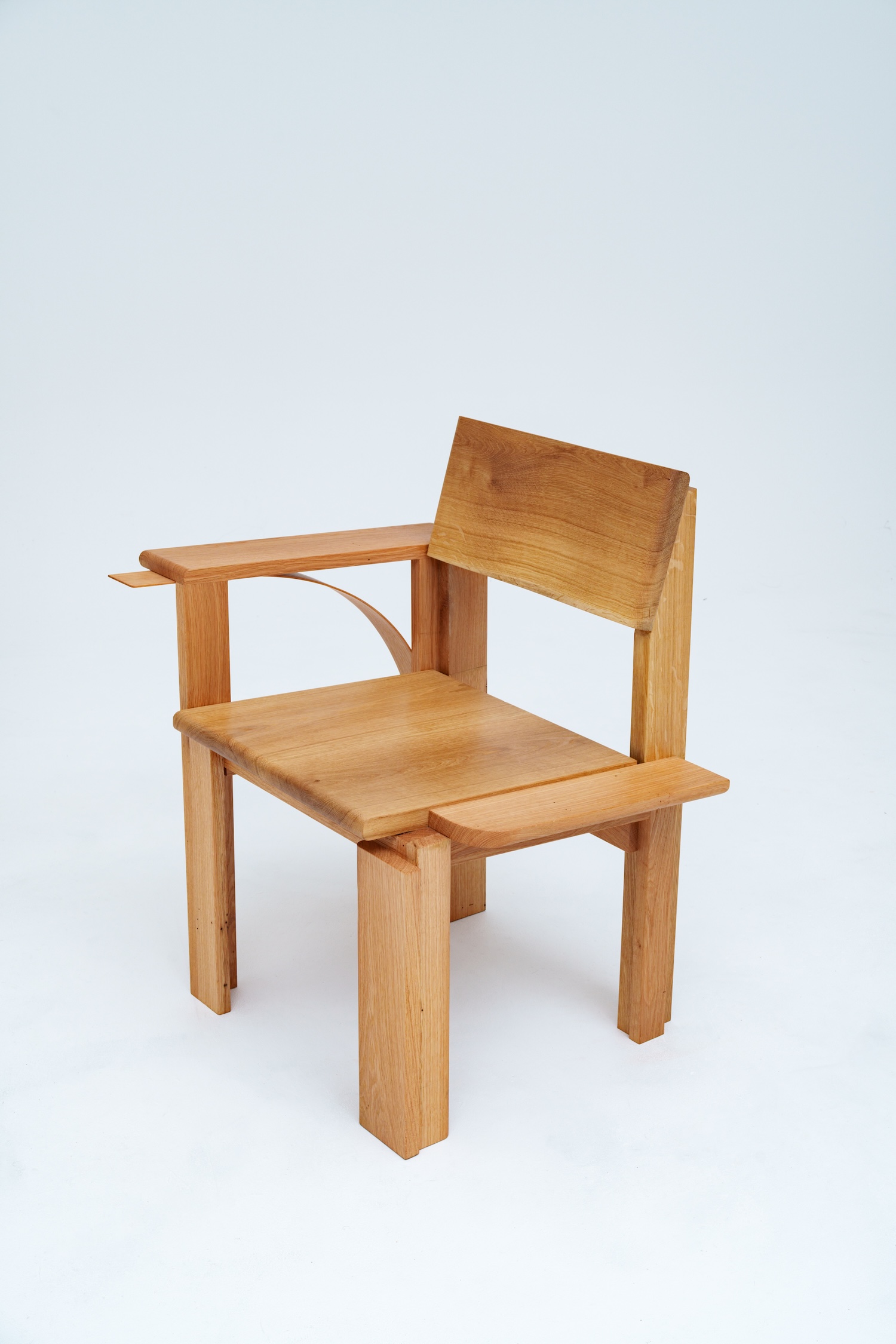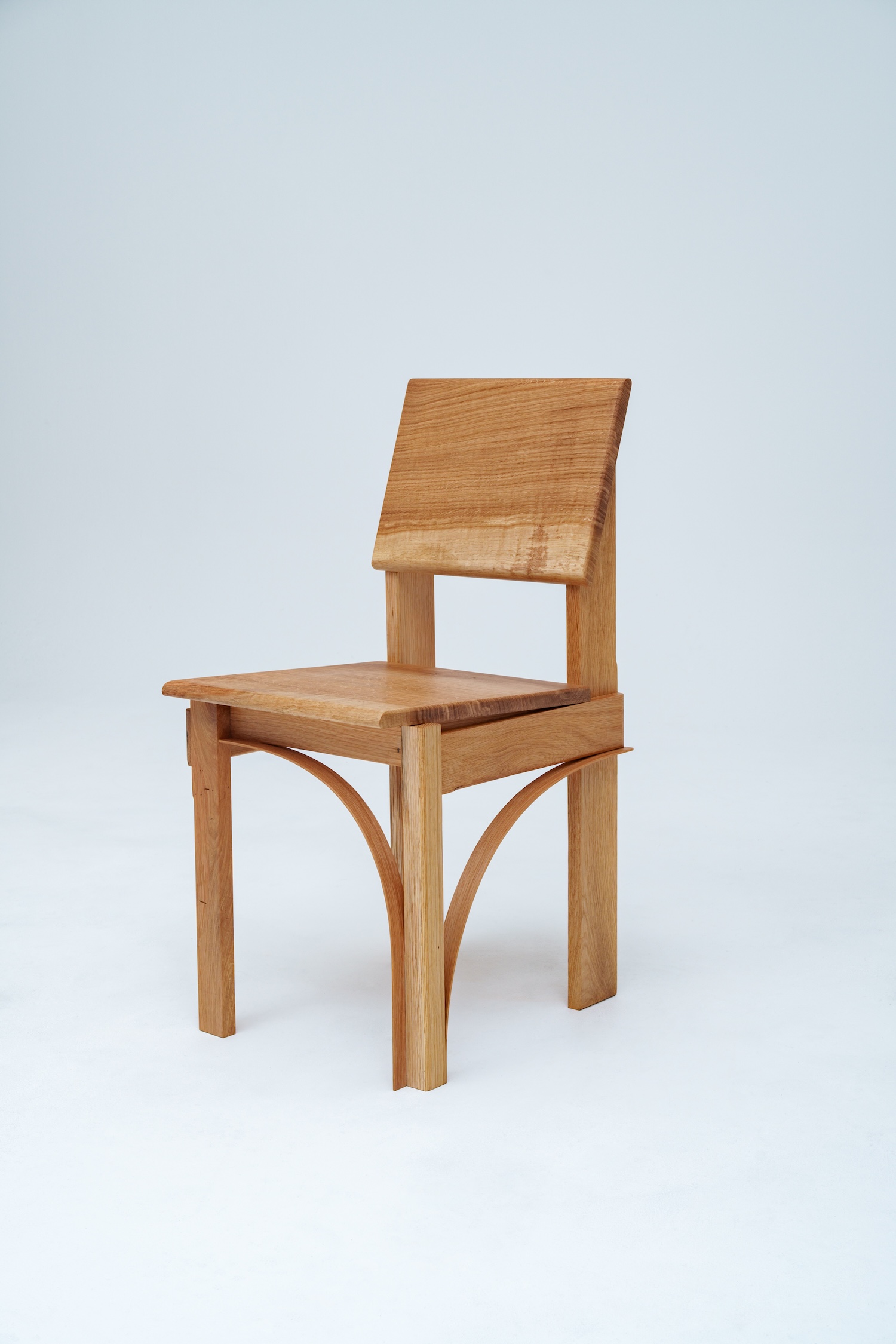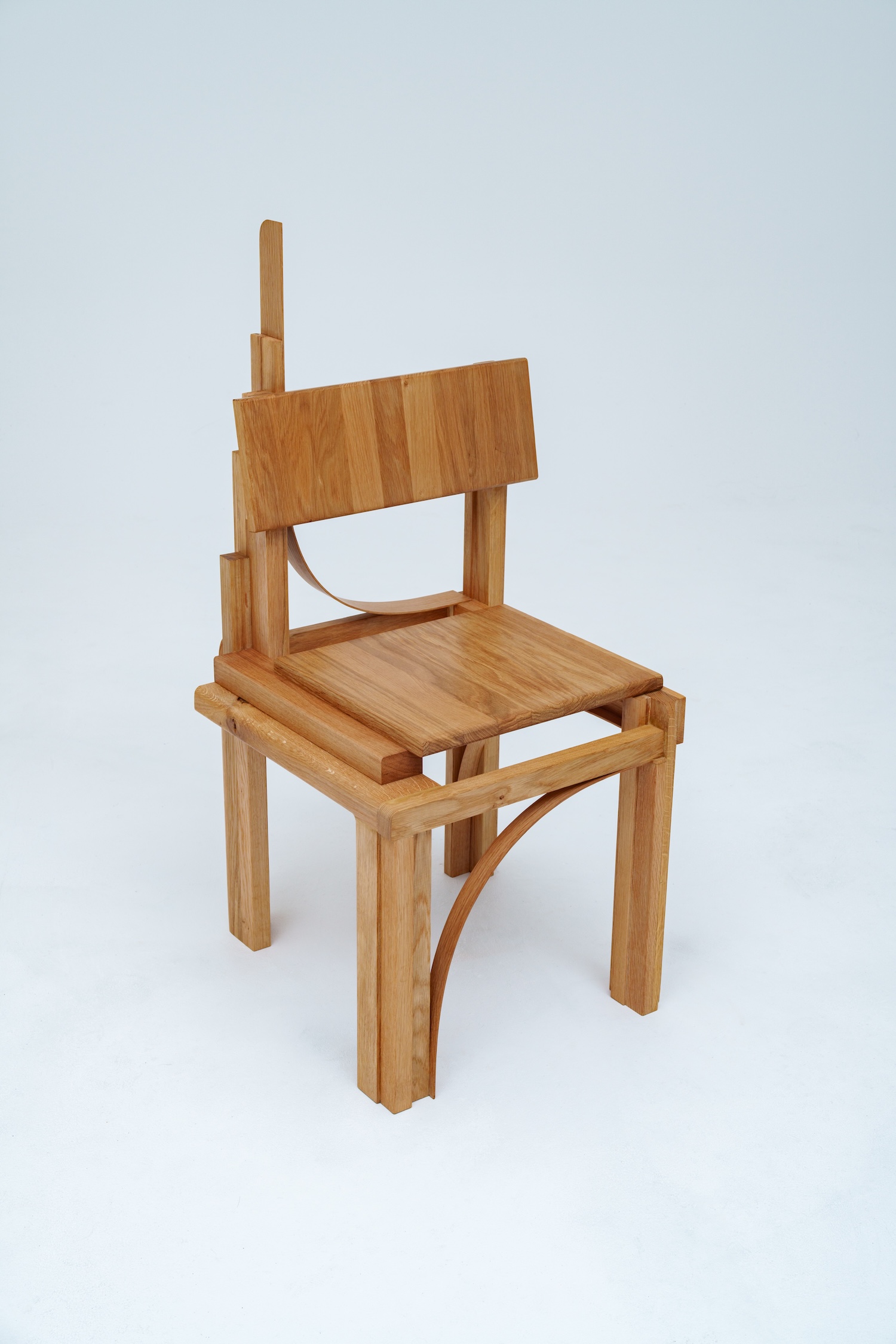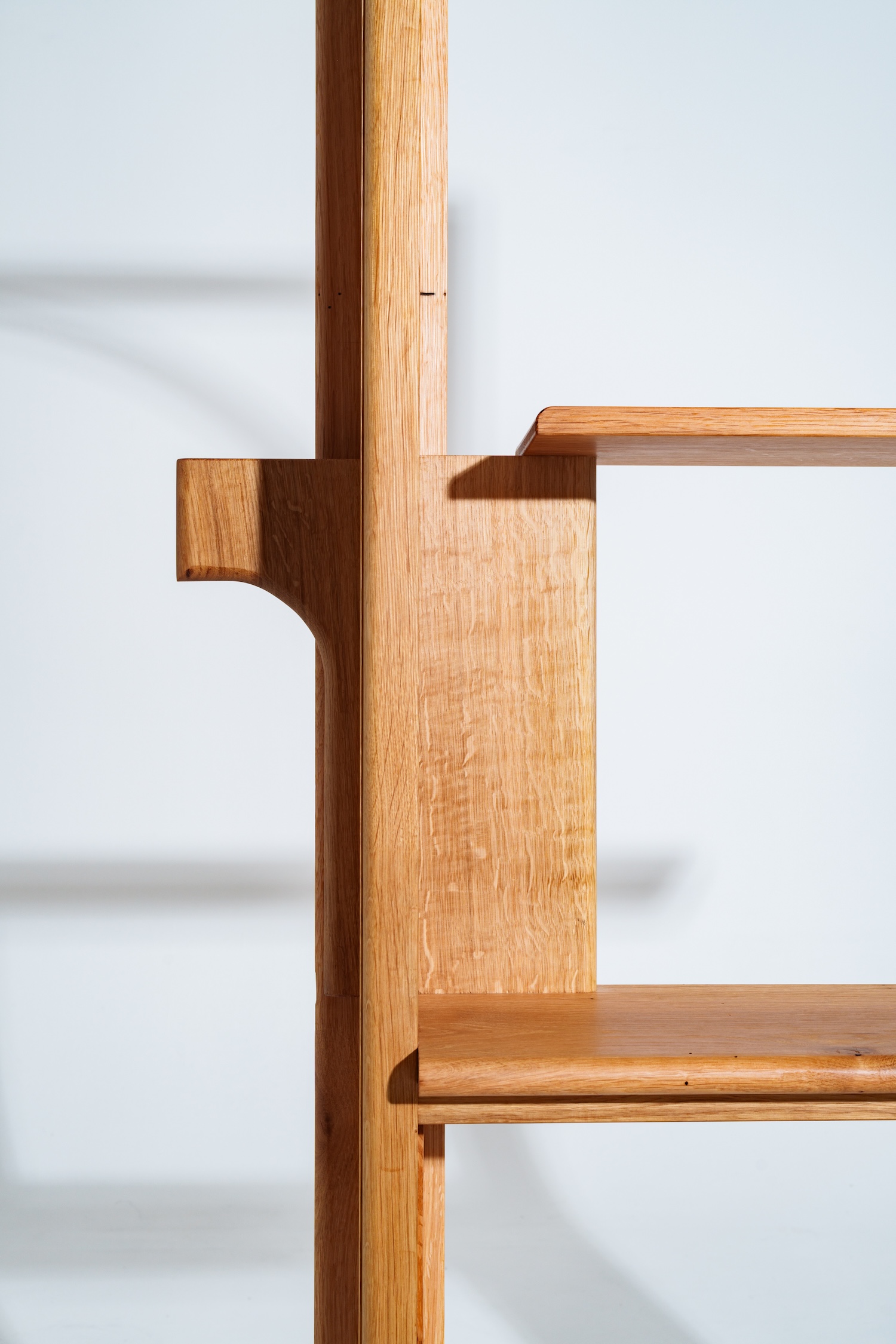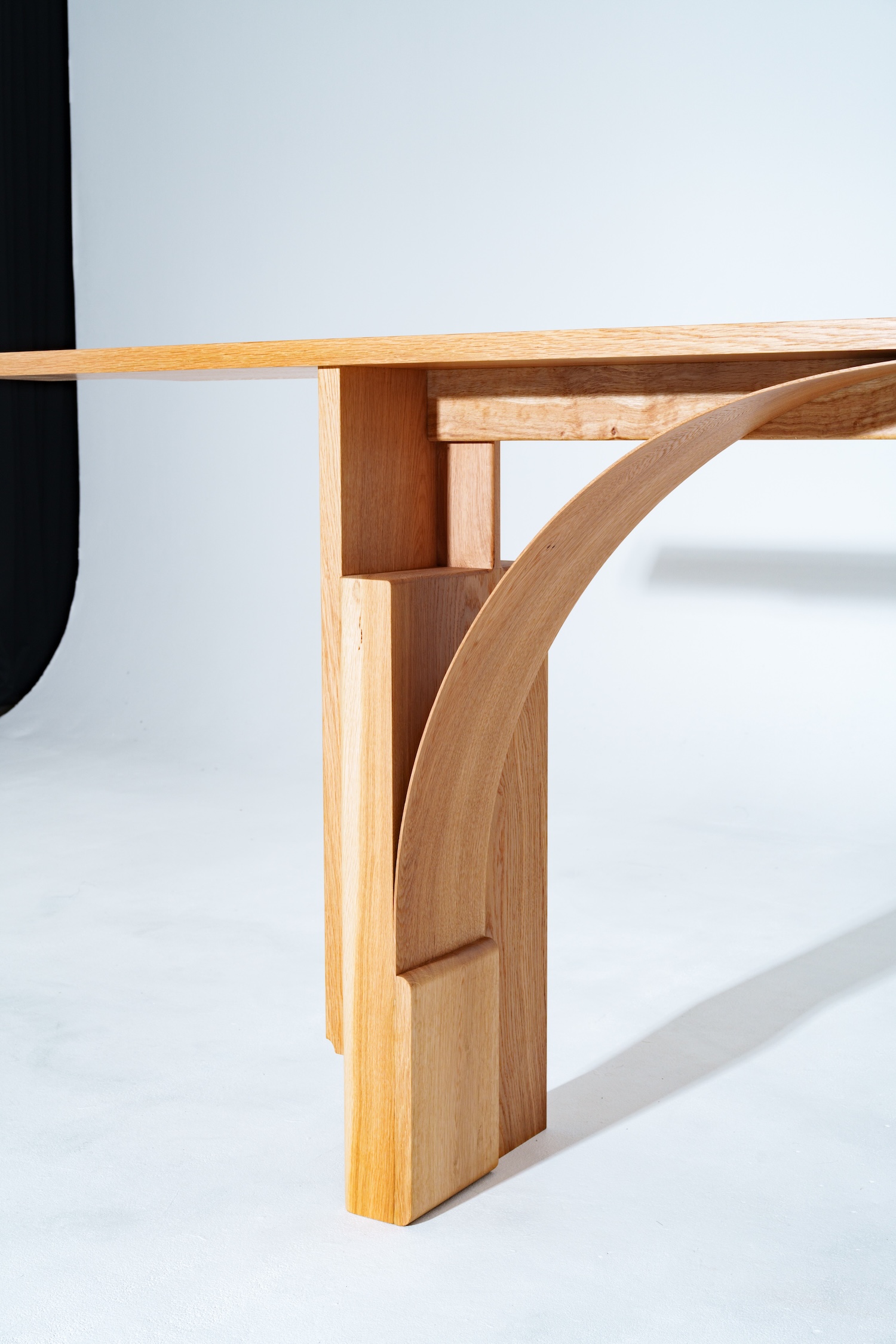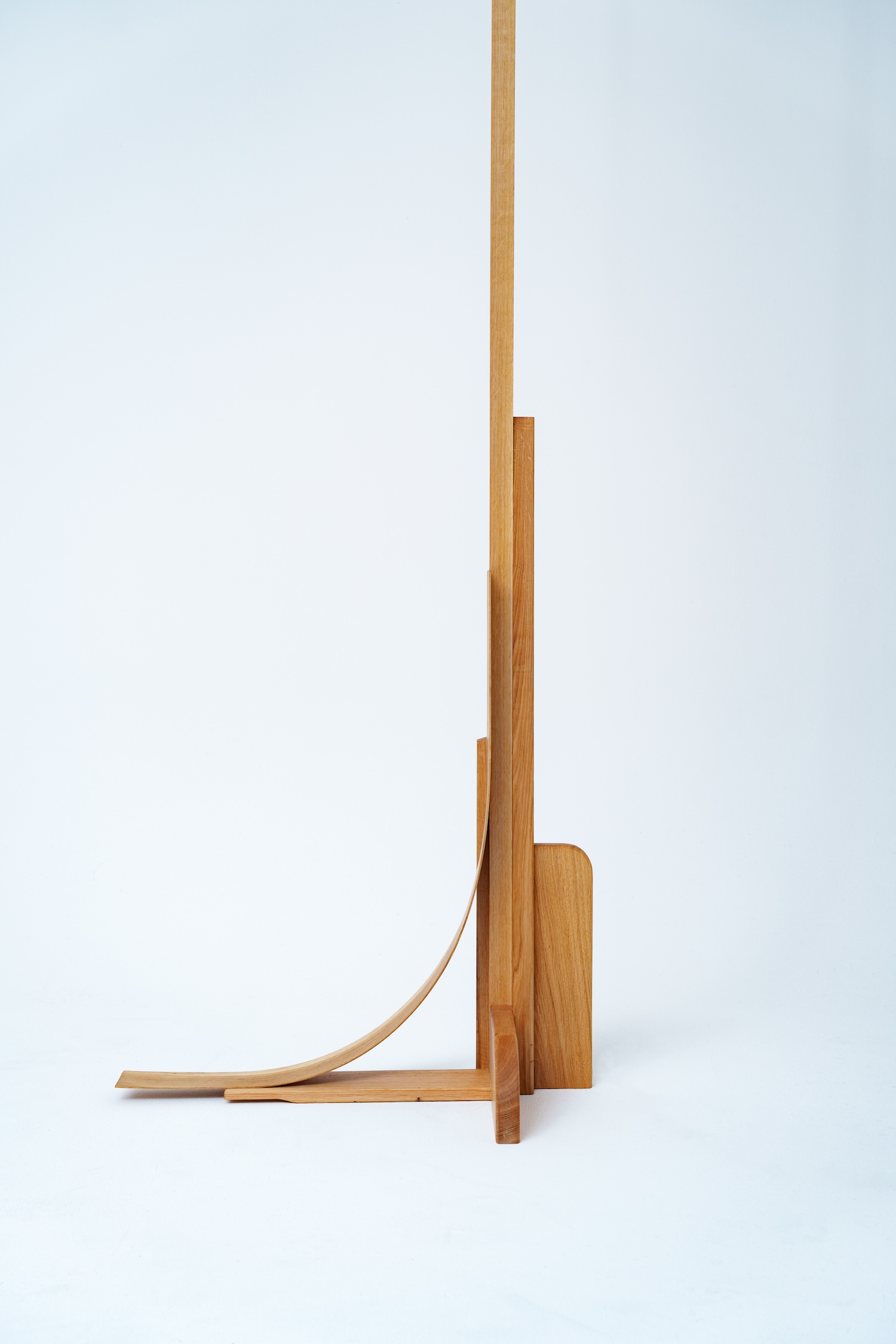ARC is a minimalist furniture series created by Berlin-based designer Sanghyeok Lee. In the quiet moments before dawn, when shadow and light negotiate their daily truce, a single curved line emerges from darkness to redefine the very nature of spatial connection. This is how ARC announces itself – not as mere furniture, but as a philosophical bridge between the empirical and the imaginative, echoing the revolutionary spirit that once drove Diderot’s encyclopedists to remake human knowledge itself.
The designer’s revelation strikes at the heart of contemporary creative practice: “I have found that starting with imagination, rather than following the process that I was used to, opened unexpected possibilities for the design process.” This confession unveils a profound shift from the deductive methodologies that have long governed design education toward something more intuitive, more archaeological in its approach to uncovering spatial truths.
ARC materializes this philosophy through its essential gesture – a continuous line that refuses the conventional boundaries between table, support, and sculptural presence. The piece embodies what its creator describes as “drawing imaginary lines to connect the elements of a space,” transforming abstract spatial relationships into tangible form. Here, the designer channels the spirit of those 18th-century engravers who, despite working within Cochin’s systematic framework, allowed individual expression to inflect their faithful reproductions of observed reality.
The work’s formal language speaks to a deeper investigation of architectural elements. “At times, I imagine the connections between the elements that make up the structure – such as the floor, columns, walls, and ceiling,” the designer explains. ARC becomes the physical manifestation of these invisible relationships, a continuous form that suggests how furniture might serve as both punctuation and paragraph in the larger text of inhabited space.
This approach resonates with contemporary material culture’s increasing fluidity between categories. Where traditional furniture design often begins with typological assumptions – what makes a table a table – ARC emerges from spatial storytelling. The designer’s practice of envisioning “absurd stories that might unfold within” spaces transforms furniture from static object to narrative catalyst.
The piece’s construction methodology reflects this conceptual framework. “Each decision was revisited and reimagined from fresh perspectives, building the final piece layer by layer,” revealing a process more akin to archaeological excavation than conventional manufacturing. This iterative approach suggests new possibilities for how contemporary makers might engage with both material and meaning.
